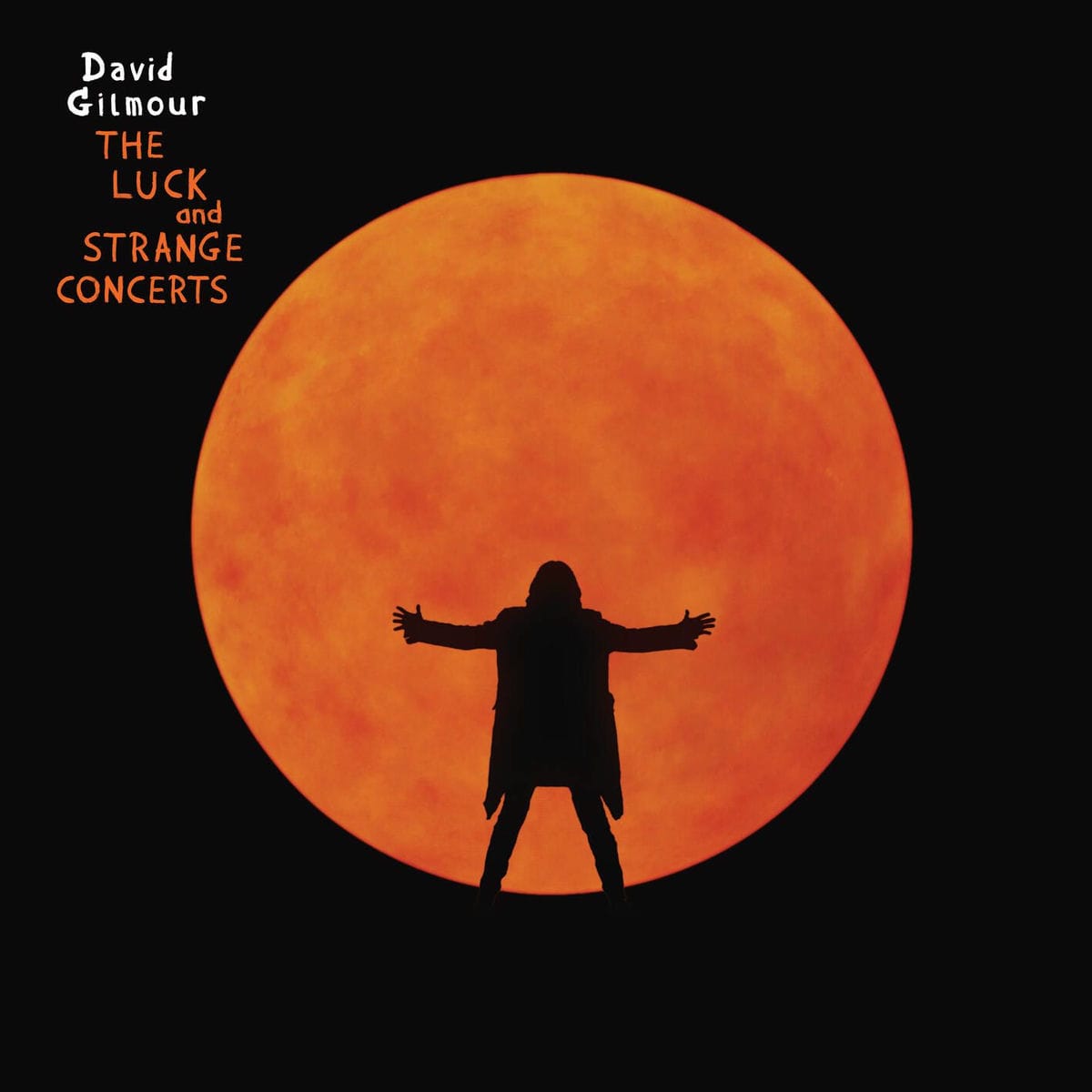LUX is the name of the 4th studio album by Spanish singer Rosalía. Recorded alongside the London Symphony Orchestra, the album boasts a solemn and orchestral sound, far removed from the playful urban music of MOTOMAMI.
LUX (stylized in all caps) is divided into 4 movements, reinforcing its character as a classical work rather than a pop album. Rosalía described in a press release that in the lyrics of LUX (which means Light in Latin), she explores themes such as “female mysticism, transformation, and transcendence.”
An interesting aspect of the album is that lyrics appear in several languages, including Spanish, Catalan, Arabic, Japanese, French, Portuguese, Italian, and German. Some consist only of short phrases and others appear in extended form. Most are languages that the singer does not speak natively, so she had to consult with specialists in those languages to ensure they were presented correctly.
The lyrics in these languages are inspired by the lives and stories of various female saints, which adds to the spiritual and mystical sound of the album. This is foreshadowed by the album cover, where Rosalía appears wrapped in white and a nun’s habit.

And well, as is to be expected, Rosalía’s vocal performance is spectacular. Her voice is a diverse musical instrument, with which the singer covers distinct vocal approaches, especially the use of her soprano register with plenty of vibrato, passing through a bit of pop, rap, flamenco, and touches of operatic moments. The sounds of the different languages add to this sensation of vocal diversity.
The musical material on the record is complex. The songs flow one after another, sometimes being unclear where one ends and the next begins. The general sound is a majestic union between the traditional and the modern. The strings of the London Symphony Orchestra are the instrumental star throughout the record, deploying everything from a classical sound to a modern and avant-garde one, with experimental touches.
At times electronic sounds also appear, bringing the sound of the album into the 21st century. A great example is the song Reliquia, one of my favorite moments on the album. An avant-garde electro-classical fusion. It starts with strings with a classical sound, but it gradually degrades into the terrain of digital distortion, perhaps representing the personal corruption that appears in the lyrics.
In Porcelana, we find the closest thing to the urban music with which Rosalía has been associated previously, but this time created with classical instruments.
In Mio Cristo Piange Diamanti, which closes the first movement, Rosalía delights us by singing in Italian, in a song with an operatic and lyrical character. One of the most spiritual moments of the album.
It is followed by Berghain (inspired by the famous Techno club in Berlin). It is an assault of strings, classical choral accompaniments, and electronic textures, where Rosalía finishes off another bout of operatic singing. This track is especially notorious for featuring Björk as a guest artist (as well as Yves Tumor) and lyrics about earthly temptation.
One of the most fun moments on the record is La Perla, where Rosalía tells us her experience with a guy, probably an ex, with a narcissistic, toxic, and untrustworthy personality. The musical accompaniment is a waltz with the sound of a Mexican corrido, which makes the effect of the song quite comic.
Starting with Mundo Nuevo, approximately halfway through the album, the sound of the songs becomes more evidently Spanish. The acoustic guitar begins to make stellar appearances and Rosalía’s flamenco roots let themselves be shown more evidently.
De Madrugá, the song that closes the second movement, is a jazz-flamenco track where even flamenco handclaps appear. A quite memorable moment.
In Dios es un Stalker, Latin music appears, interpreted by the orchestra. Rosalía really finds her flow in this song.
The third movement of the album ends with Sauvignon Blanc (in the digital version), a ballad accompanied by piano, quite calm, perhaps a deliberate moment of calm before the finale.
In La Rumba del Perdón, the flamenco sound of LUX reaches its peak. It is apparent that Rosalía is in her element.
The album and its fourth movement ends with Magnolias, a solemn and sublime hymn of acceptance of death, as a positive moment to manage to find the light.
It is evident that Rosalía and her production team have paid meticulous attention to every corner of LUX. It is a record that pushes the culture, sounding like nothing else out there today. Completely ambitious, not only musically but also lyrically.
With approximately 3 years of production, Rosalía has dedicated quite a bit of time to developing this work, and it shows. Is the result a pretentious or brilliant record? Probably both, but no one could deny that the results are spectacular, with the potential to deeply affect the listener. LUX is a record that is surely going to give people much to talk about.





